China's retail sales rose 5.1 percent in April from a year earlier, the National Bureau of Statistics (NBS) said on Thursday, but that was lower than Reuters' forecast of 5.5 percent and slower than the previous month's 5.9 percent.
Industrial output rose 6.1% in April from a year earlier, down from 7.7% in March, suggesting that US tariffs have had some impact on manufacturing activity in China.
"The economy withstood pressure and continued to grow steadily in April," the NBS said, acknowledging "the complex situation of increasing external shocks and overlapping internal difficulties and challenges."
Fixed asset investment rose 4% in the first four months of the year, below the 4.2% forecast in a Reuters poll, with investment in real estate falling 10.3%.
In addition to trade tensions, Beijing is also facing a persistent slowdown in domestic spending, threatening this year's official growth target of around 5%.
“Economic activity only slowed slightly in April, while exports remained strong despite higher US tariffs,” noted Zhiwei Zhang, president and chief economist at Pinpoint Asset Management, adding that he expects exports to remain strong as both countries cut tariffs and “economic momentum in the second quarter is likely to stabilize.”
Mr. Tommy Xie, Director of OCBC Bank, forecast that China's economy will grow above 5% in the second quarter, after reaching 5.4% in the first quarter. This speed will help them reach the target set by the authorities of around 5%.

Chinese President Xi Jinping (Photo: Reuters).
Still, China’s exports rose more than expected in April, as sales to Southeast Asia offset a drop in shipments to the U.S. Exports to the U.S. fell 2.5% in the first four months of the year, according to Chinese customs data. The decline in April alone was 21%.
The urban unemployment rate in April also fell only slightly to 5.1%. The data was released in the context of many economists warning of the risk of widespread job losses in China due to the trade war with the US.
Last month, US President Donald Trump imposed a 145% import tariff on Chinese goods. Beijing responded with a 125% tariff on US goods.
However, trade tensions between the two countries cooled down after a meeting in Switzerland in early May. Currently, both sides have temporarily reduced import tariffs for 90 days, paving the way for deeper negotiations towards a long-term agreement.
Recently, the Chinese government has announced many fiscal and monetary stimulus measures to boost consumption, support businesses affected by import tariffs and ensure employment.
"However, with trade tensions easing and the domestic economy still resilient, we believe China may not need to roll out further stimulus," Xiangrong Yu, chief China economist at Citi, said in a report.
Source: https://dantri.com.vn/kinh-doanh/kinh-te-trung-quoc-gap-kho-bac-kinh-da-ngam-don-thue-quan-20250519145314802.htm


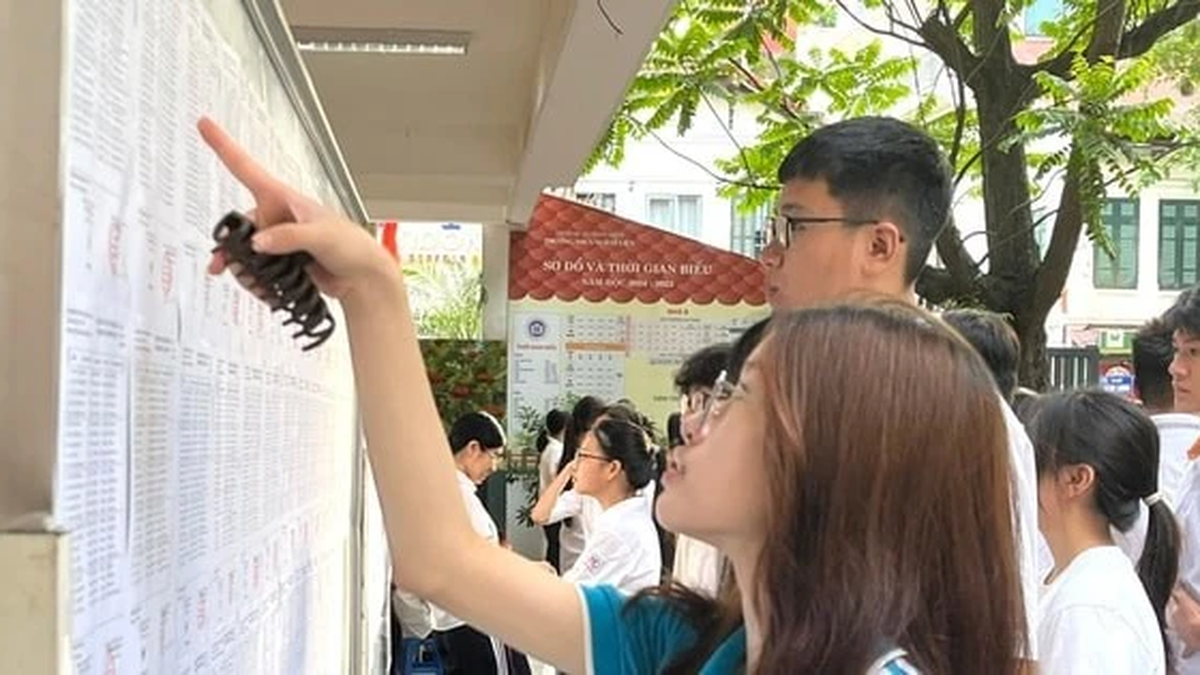
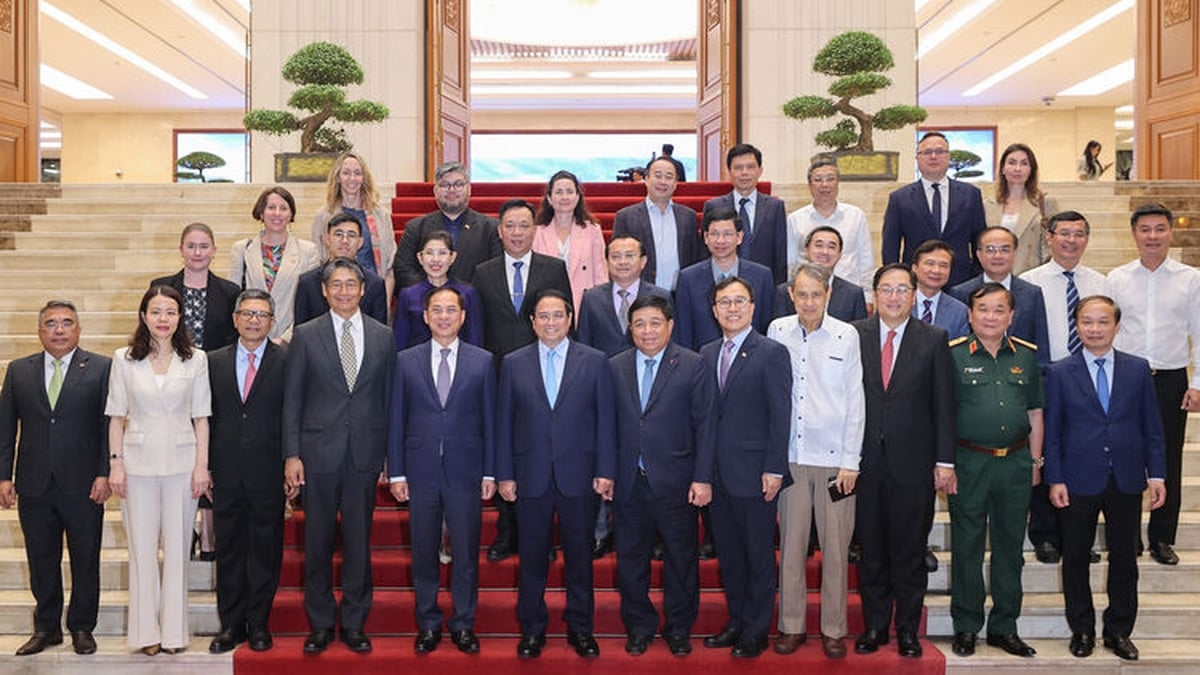

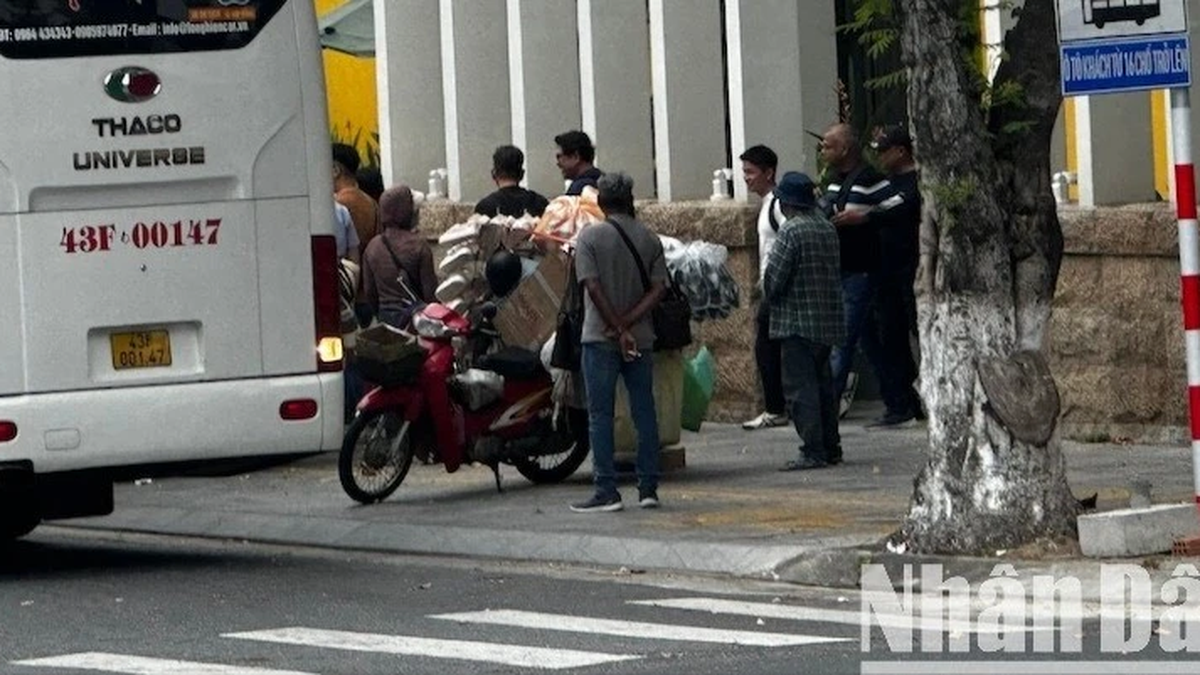

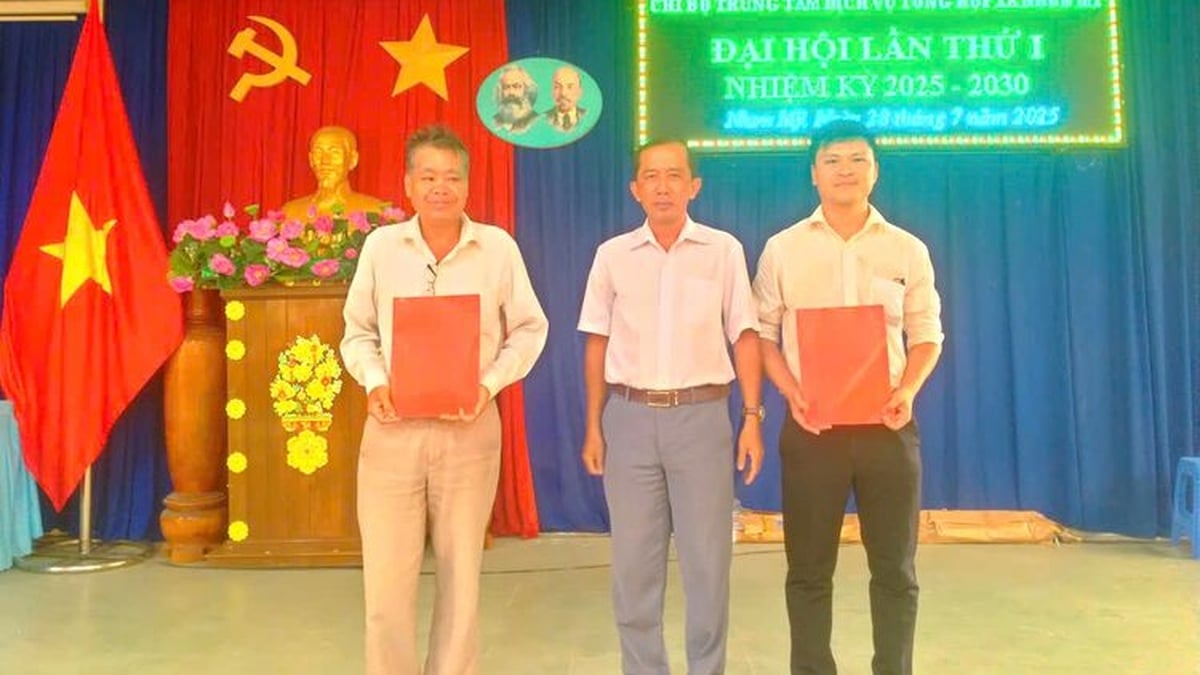
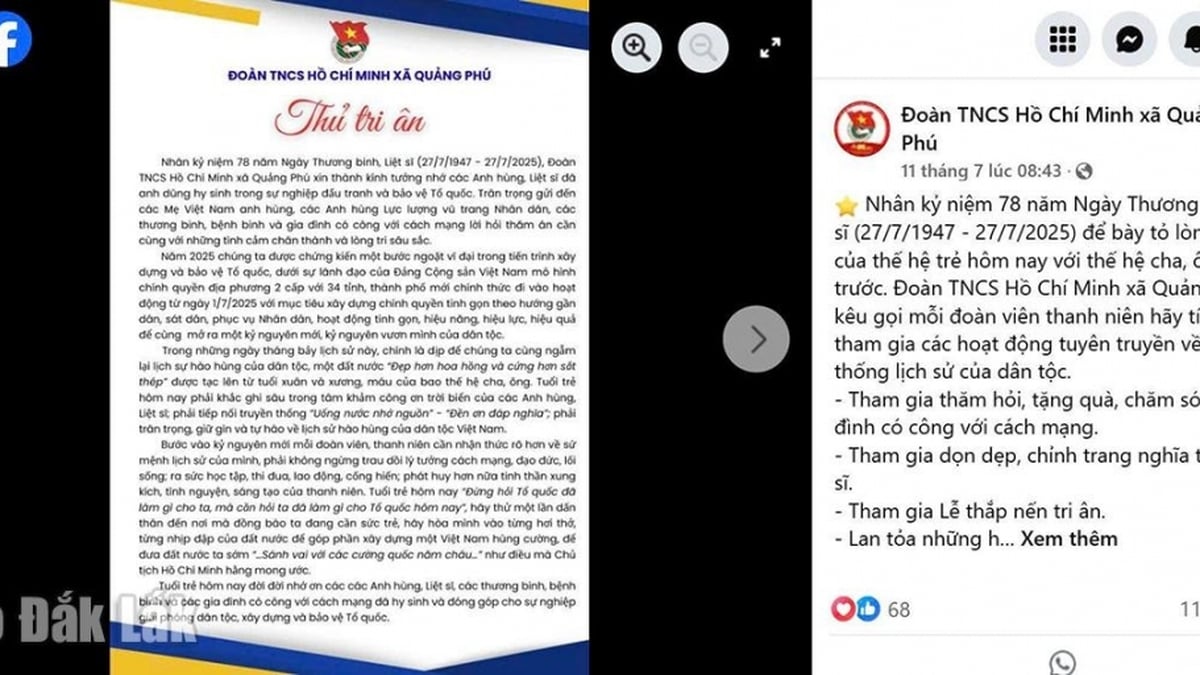
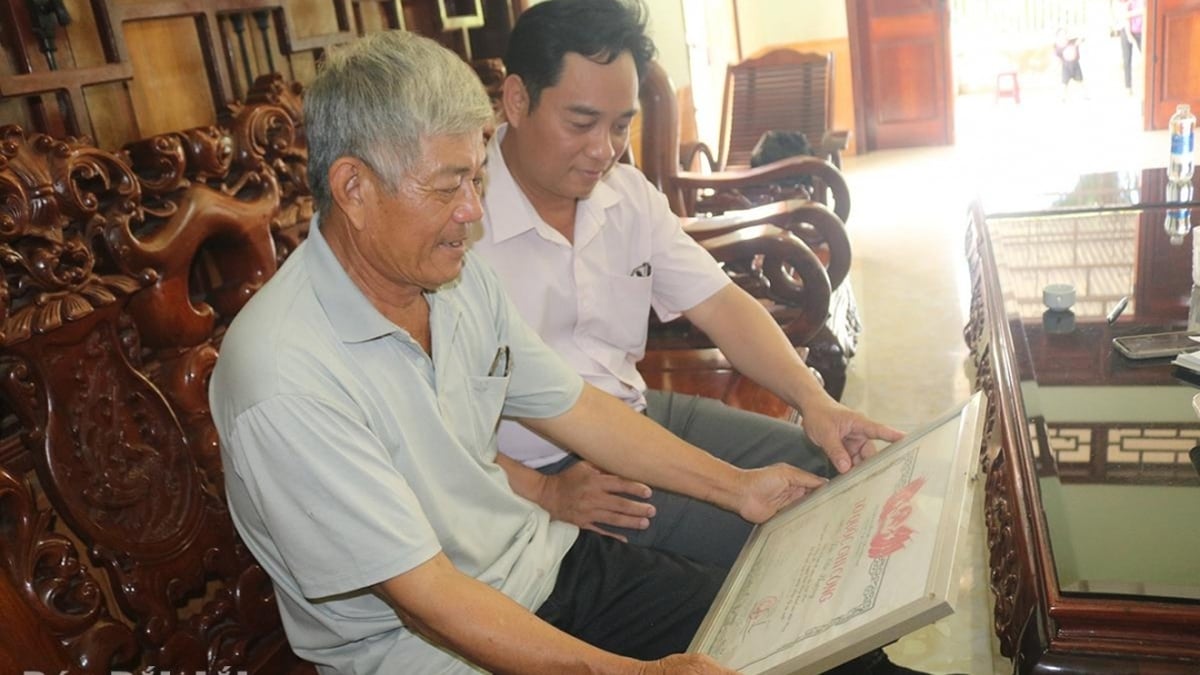

















![[Photo] National Assembly Chairman attends the seminar "Building and operating an international financial center and recommendations for Vietnam"](https://vphoto.vietnam.vn/thumb/1200x675/vietnam/resource/IMAGE/2025/7/28/76393436936e457db31ec84433289f72)








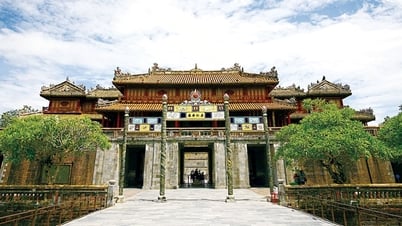









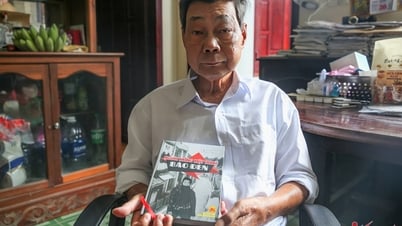









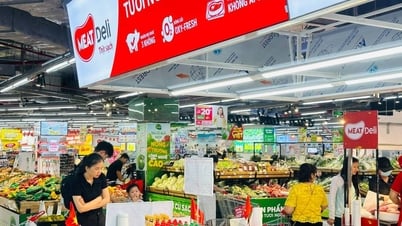






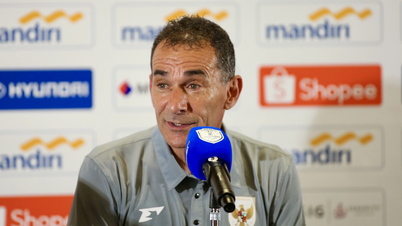
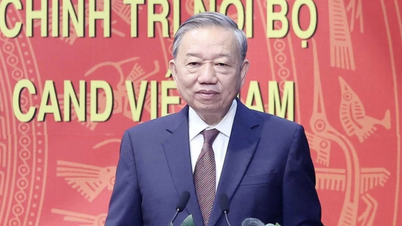
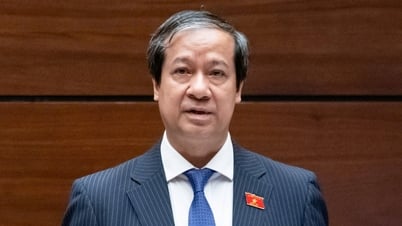
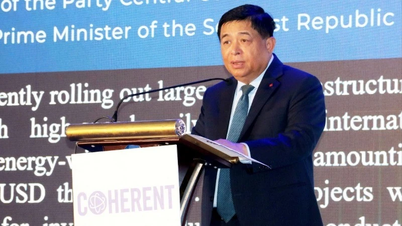


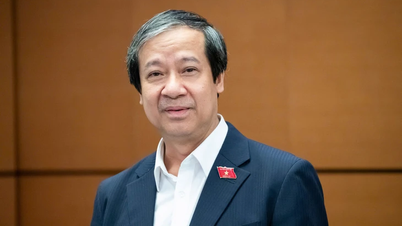
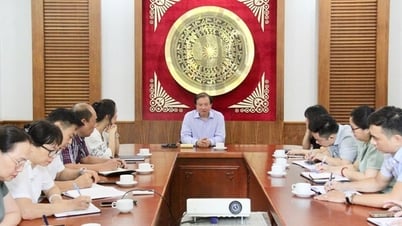





























Comment (0)